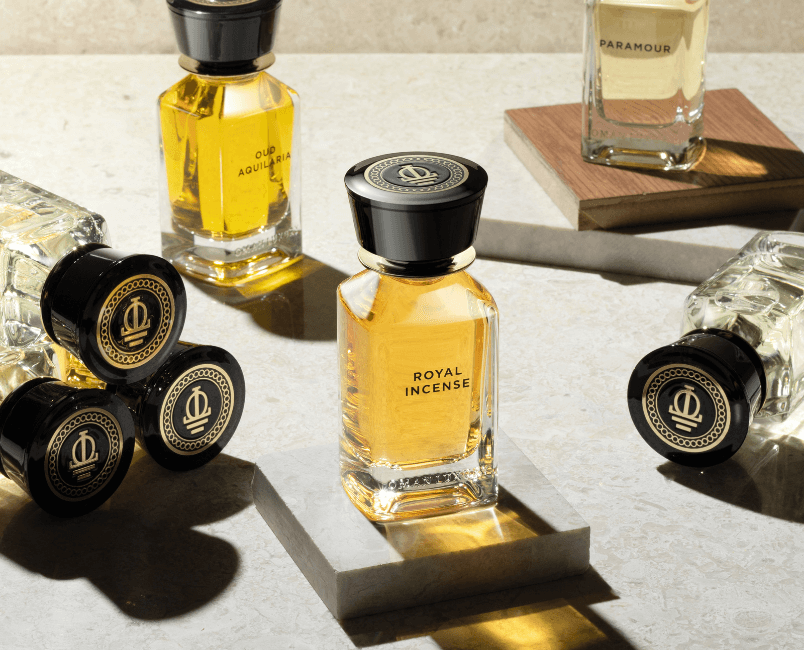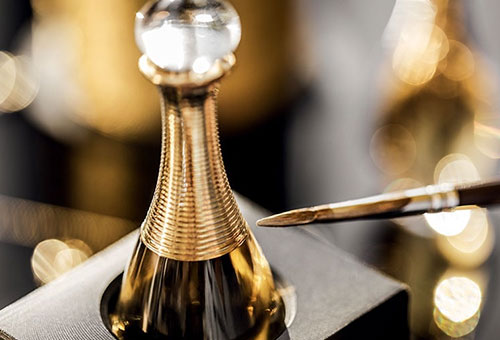Scent is a gateway for travelling to different cultures. Explore with us how packaging design can make us feel a fragrance.
Continue reading5 Top Packaging Trends
Millions of packages are delivered every day.
Creating a packaging design experience is more important than ever.
Packaging isn’t just about good aesthetic or graphic design. A strong, effective packaging serves several purposes: it protects and preserves products, connects with consumer values and it’s a key element in brand design, positioning and differentiation.
Whether it is in the world of e-commerce or traditional retail, packaging has grown and evolved.
The packaging industry has adapted to various trends worldwide, as e-commerce continues to be a consumer preference, technology advances and sustainability continues to be a priority.
So what are the new trends in packaging what will serve brands like yours to compete more effectively?
1. Sustainability: The #1 Priority
One of the strongest trends we continue to see is a strong consumer desire for packaging that is aligned with contributing to a more environmentally-friendly future.
Whether it’s through limiting the use of single-use plastic or choosing brands that are ecologically conscious, consumer behaviour and product choices have changed drastically and you need to pay attention.
When designing for packaging solutions, it is crucial to keep sustainability in mind.
Leading brands are focusing on sustainability and plastic replacement in their packaging strategy, and so should you.
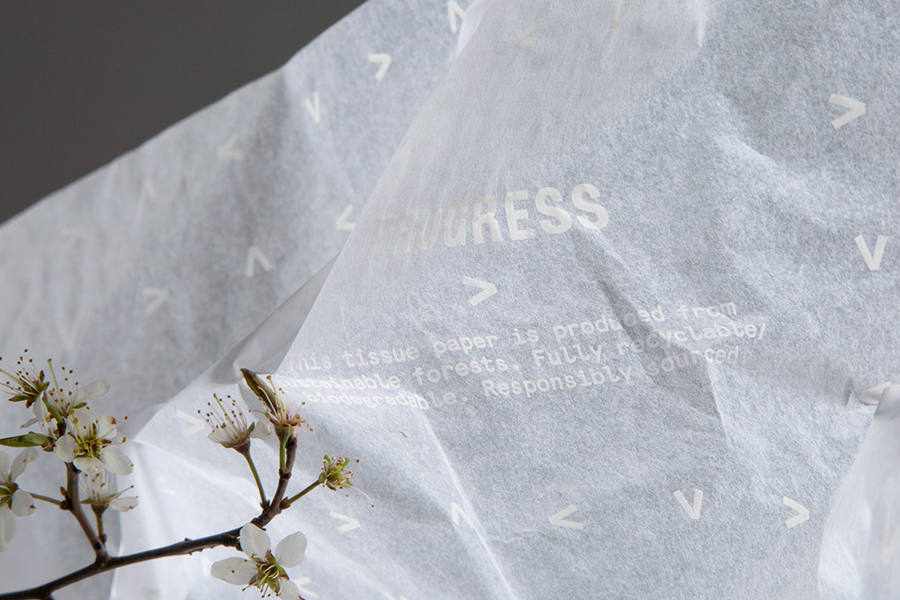
Some of the ways these new trends in sustainable packaging may be expressed:
− Higher quality products and durable packaging.
− Biodegradable and compostable materials. Companies looking to replace single-use plastic with eco-friendly alternatives such as biodegradable plastic, corn starch, paper, cardboard, fibre-based materials and plant-based alternatives, among others.
− Designing for reusability and recycling. This huge shift in consumer behaviour has pushed many companies to design their products and packaging with the purpose of giving them a second chance at life.
− A perfectly imperfect look. Using raw materials, earthy textures and a natural look reminds consumers of where the materials come from and demonstrate how companies are being more conscientious with their choices.
− Use of logos to show off environmental properties of the product and packaging.
Sustainability in packaging design will only grow to be more important in the following years.
If you want to connect with your customers values, switching to eco-friendly packaging may be a smart way to keep your brand image strong and relevant with the current times.
2. Interactive Packaging & QR Codes
Many businesses are engaging customers through modern digital technologies (such as augmented reality and smartphone scanning) and using QR coding to track shipments and store information of the traceability, location, and condition of the package.
Through these and other forms of digital tech, brands now have an opportunity to engage their customers and direct them to links with helpful information and tips on how to best use their products.
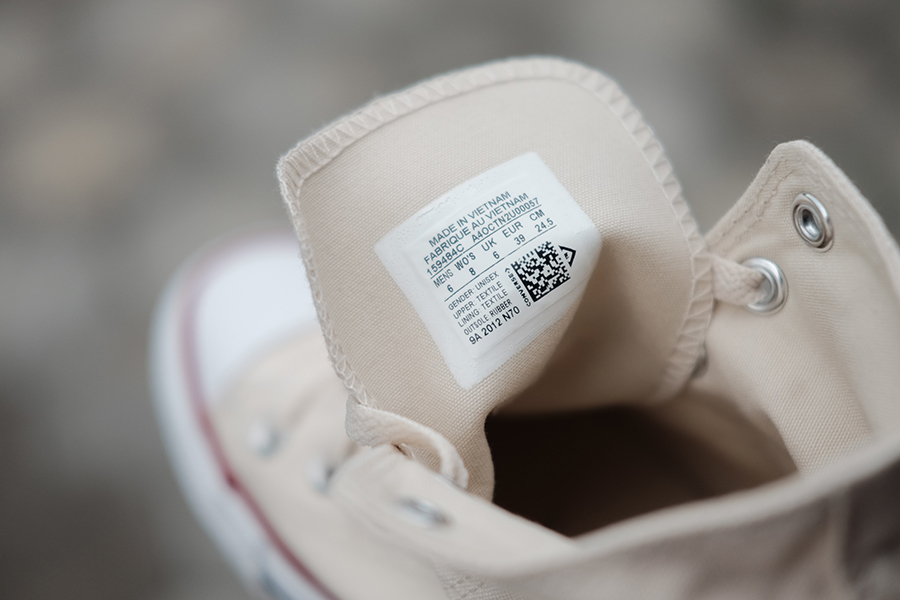
Give your consumer added value that will help build trust with your brand, while cutting down on packaging materials. A double win.
3. Minimalist Design & Transparency
More businesses are stepping away from plastic and multi-material packaging solutions and creating mono-material packaging instead.
Most packaging usually consists of several components, and most of them like plastic, laminate and other composite material are not recyclable. Trying a mono-material approach is a good opportunity to add value and originality to your products.
Businesses are choosing minimalistic brand designs. A strong, well curated image speaks directly to customers who are used to seeing aesthetically-pleasing images in the Instagram era, and who expect nothing less from the brands they buy from.
4. Edible Packaging
Edible packaging has been slowly gaining traction, especially in the food industry, in businesses both large and small.
Whether it is edible straws, like Bacardi and Sorbos have partnered to create, Loliware’s edible cup or Bakey’s edible cutlery made from rice, wheat, and sorghum, these eco-friendly alternatives have come to stay.
This new approach to packaging tackles both plastic consumption and environmentally-minded consumers’ increasing demands on sustainable packaging.
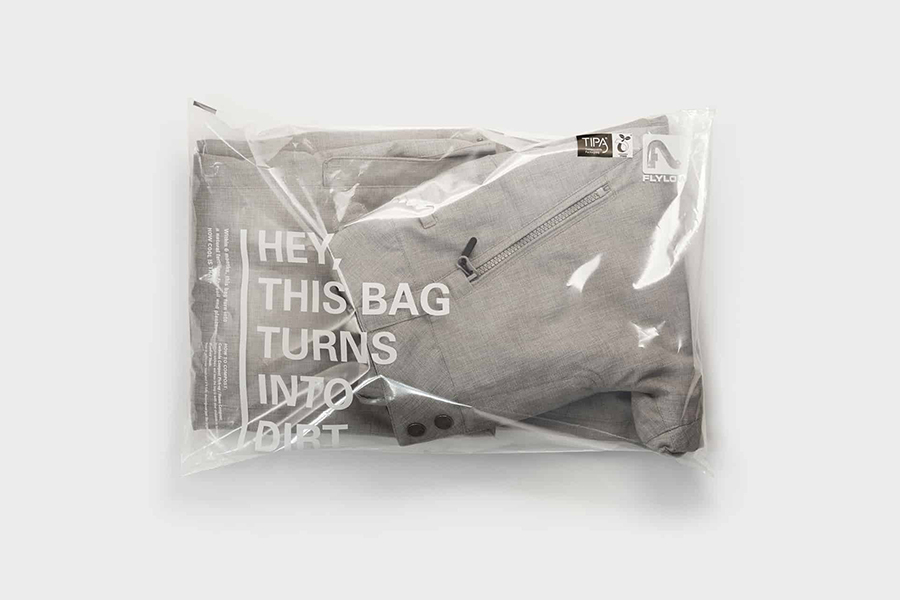
5. Packaging as an Art Form
Finally, using art in packaging is no longer an exclusive domain of the fashion or fragrance industry.
Those markets may have understood the value of well-designed, high-quality packaging first, but now thinking of packaging as an art form has become an essential part of the brand experience.
Transforming high end packaging design into a masterpiece —through illustration, strong visuals, effective storytelling techniques and art direction— adds value to your product and makes it much more captivating.
As the packaging industry evolves, it will focus on helping brands meet consumer demands for both sustainable standards and mass consumption.
Need Help Designing your Packaging?
Whether you would like to make your packaging more sustainable or explore interactive packaging solutions, at Noland we can help create the ideal packaging solution for your needs.
How to Create a Successful Luxury Brand: The Ultimate Guide
What is it about high-end brands like Louis Vuitton, Cartier and Hermès that make us wait for years on end for a new handbag, watch or masterpiece? Why is Rolex more desirable than Swatch, or Armani than Abercrombie?
If you want to create a successful luxury brand like Chanel or Dior, first you need to know what it is about luxury that is so evocative in the first place.
Defining a Luxury Brand
Let’s start with what a luxury brand is. Luxury brands are those that, in their customer’s mind, are associated with a high level of quality, aesthetics, exclusivity and price.
Premium brands don’t cater to needs nor do they offer solutions to problems. They create dreams and offer nonessential goods that are made desirable.
What Makes Luxury Brands Different
Creating a strong luxury brand identity is not only about a fancy logo, an intriguing color palette or an impeccable design. It’s about creating and communicating its symbolic value to a specific segment of customers.
Luxury brands and traditional brands operate on two very different levels. What makes premium brands different is that they connect with their audience on an emotional level, to elicit purchases that escape rational decision-making. Luxury brands don’t seek to be liked by everybody. Instead, they aim to educate in taste, which is why they surprise their customers with products they were not expecting.
The 6 most essential steps for creating a strong, successful luxury brand:
1. CELEBRATION OF TRUE CRAFTSMANSHIP
Whether it’s Bentley hand stitching the interior fabrics of their cars or Gucci’s impeccable crafting knowledge passed down through generations, one key element of luxury brands is that craftsmanship is essential to their story.
Today, true luxury is the combination of the finest quality materials and the highest standards of handcrafting. Luxury brands focus on a higher level of artistry and durability that sets them apart from mainstream brands, following a process that resists automation.
Celebrating the process as well as the product is an important reason why customers accept paying more for luxury goods.
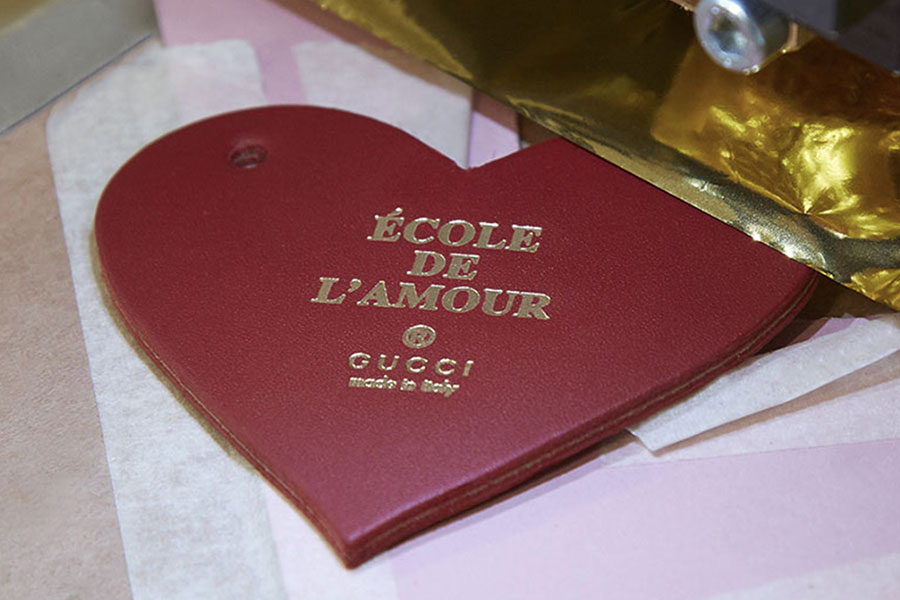
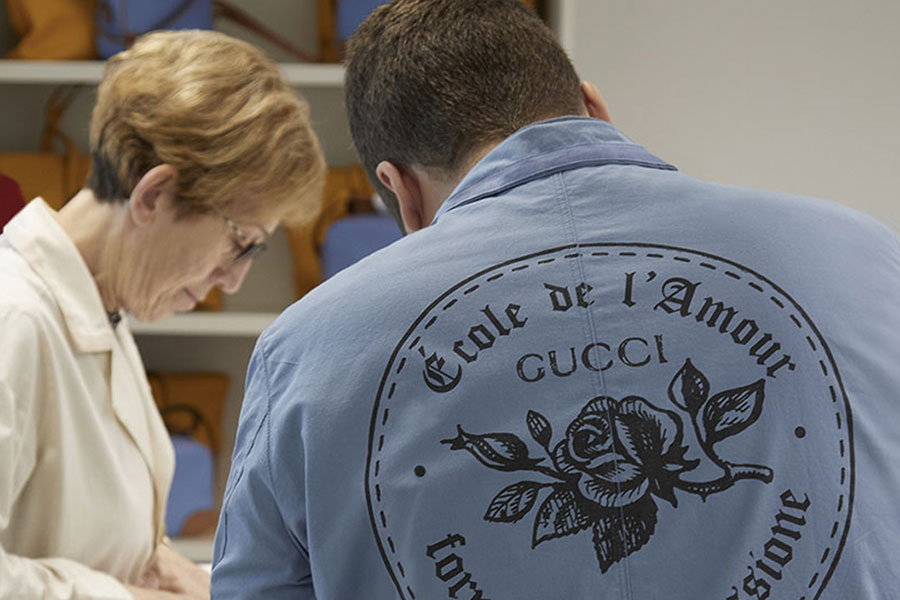
2. A RICH HERITAGE
Heritage taps into powerful emotions such as stability and a sense of belonging. Luxury brands use their heritage story to leverage their perception of exclusivity and finest quality.
There are different ways to tap into heritage: Some high-end brands create a sense of nostalgia for the “good old days” to emphasize on the idea of craftsmanship and artistry. Others, through the stories of their remarkable founders (like Coco Chanel or Salvatore Ferragamo) or revolve around the roots of their national sense of self (like Bulgari, which references Ancient Rome in their logo typeface).
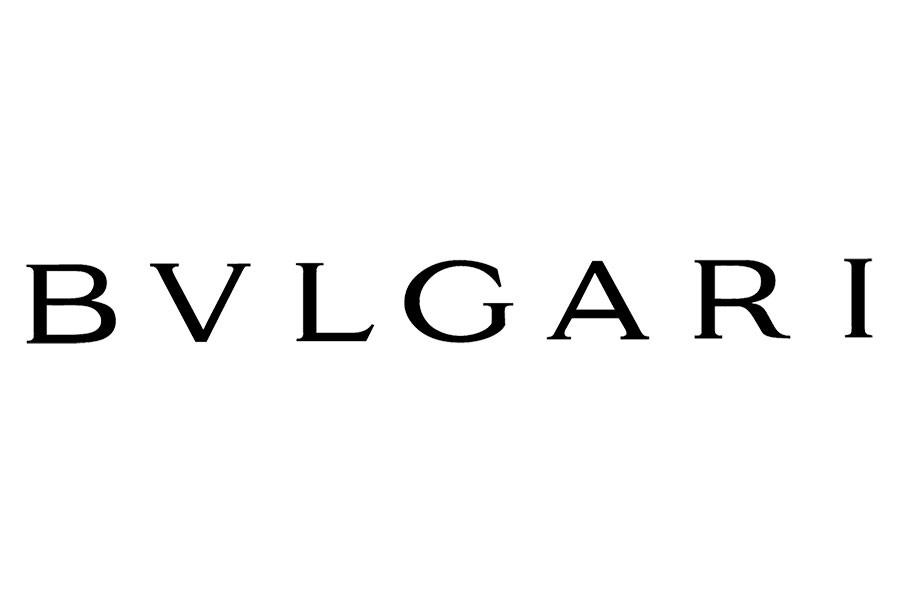
3. OFFER A FLAWLESS BRAND EXPERIENCE
Luxury isn’t just about the product, it’s about the whole experience. Your brand should demonstrate refinement at each point of contact with your customer, from product packaging to the knowledge of your retail sales staff.
Because premium brands rely on a stronger connection with their customers, they need to create and offer a memorable brand experience as part of their brand. VIP events, access to limited editions or invitation-only pre-launches… make sure you design for exclusive experiences that elicit respect, attention and appeal.
4. THE PERFECT COMBINATION OF EXCLUSIVITY AND RARITY
A perception of exclusivity is one of the most important elements that helps a brand possess symbolic value.
High-end brands know this very well; which is why they ration their goods and produce limited editions that customers are willing to wait years for. Strive to create exclusivity through premium quality, high prices, low supply and geographical limitations.
Scarcity and exclusivity are some of the most powerful marketing tools available, and can be used wisely and strategically when creating a luxury brand.
5. A GOOD STORY THAT BECOMES A LEGEND
Luxury brands have stories to tell. Think of the Tiffany box, famous for generating excitement worldwide. These are the emotional connections that high-end brands seek to engage in with their customers, and they do so through storytelling by reflecting their dreams, aspirations and needs to be seen and recognised.
The heightened identity luxury brands are known for captures all of its elements: its promise, its unique personality, its premium products and its impeccable brand experience.
6. EDORSEMENT BY PUBLIC FIGURES
Public figures help high-end brands with their brand positioning, drawing attention, credibility and intrigue.
Sometimes it’s the very founders who play an important role in communicating their brands through their personalities, like Donatella Versace or Vivienne Westwood. Other luxury brands select specific public figures, ranging from film stars (Charlize Theron for Dior), to designers, athletes (Roger Federer for Rolex) and musicians (Harry Styles for Gucci) to represent their values and create mystique.
Creating a successful premium brand in the current modern landscape may seem daunting.
At Noland, we help luxury brands become the best in their class.Contact us today for information on how we can help you get there.
